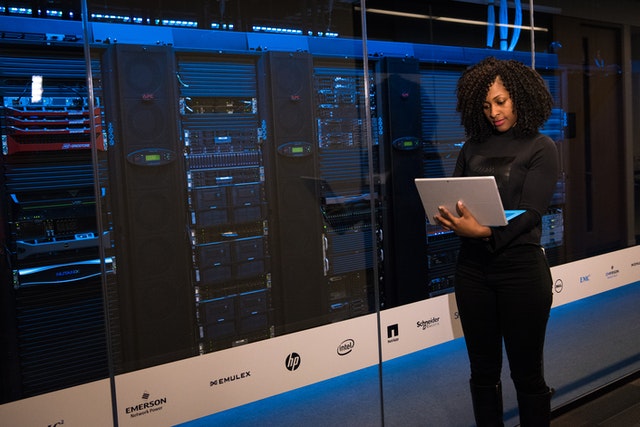
WAN
A WAN, or Wide Area Network, is the part of the network that connects buildings, offices, and other sites together, across geographical distances.
Think of a retail company for example. They may have a head office with 100 retail outlets. The retail outlets will connect back to the head office using WAN links.
This is usually provided, at least in part, by a service provider. Service providers own the physical technology, like the fibre optic cables running through the ground.
The service provider will lease a portion of their infrastructure to a company to connect their sites together.
Some of these technologies in use today include MPLS, SD-WAN, VPN, internet connections, dark fibre, and 5G.
WAN connections will vary in performance, often depending on how remote some of these locations are.
In cities, high speeds are easier to get, as there’s a lot of infrastructure available. In really remote locations, good infrastructure becomes more rare, and may not be frequently maintained, leading to lower performance, or perhaps just more expensive services.